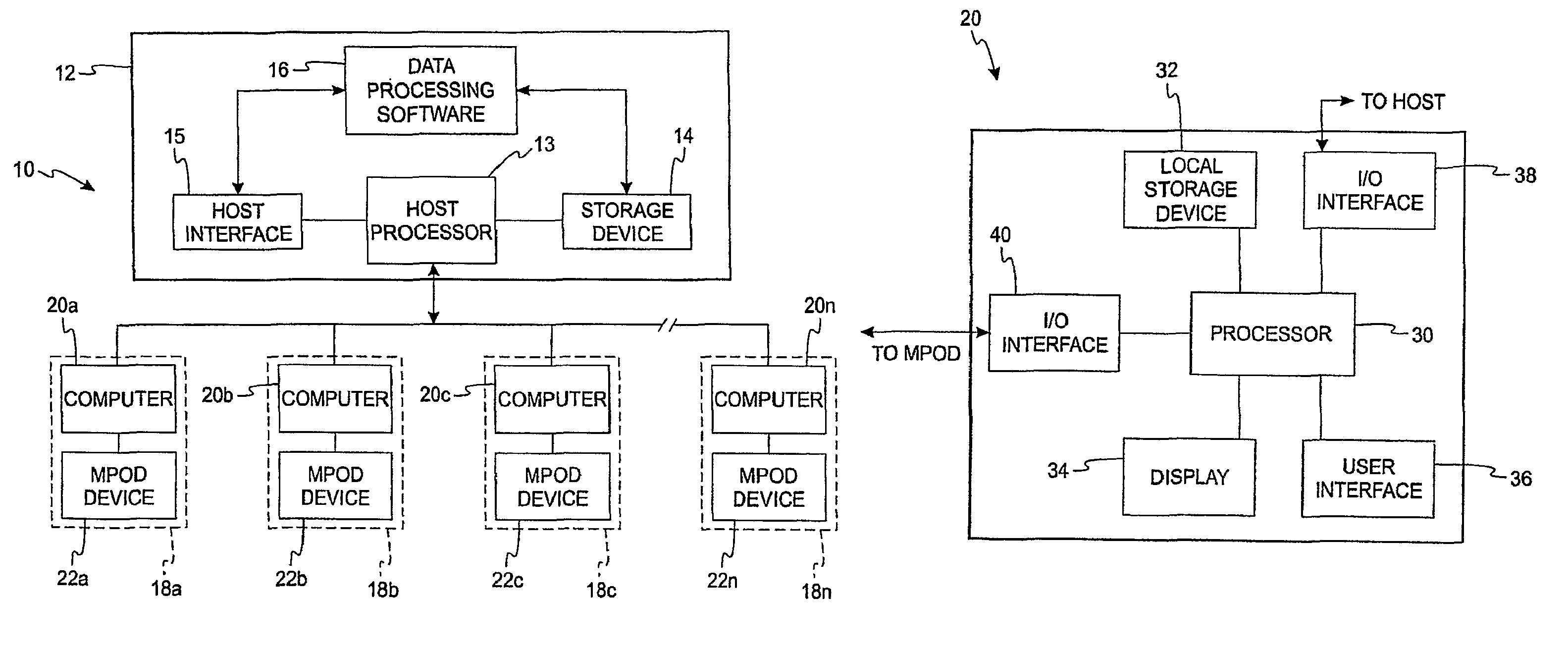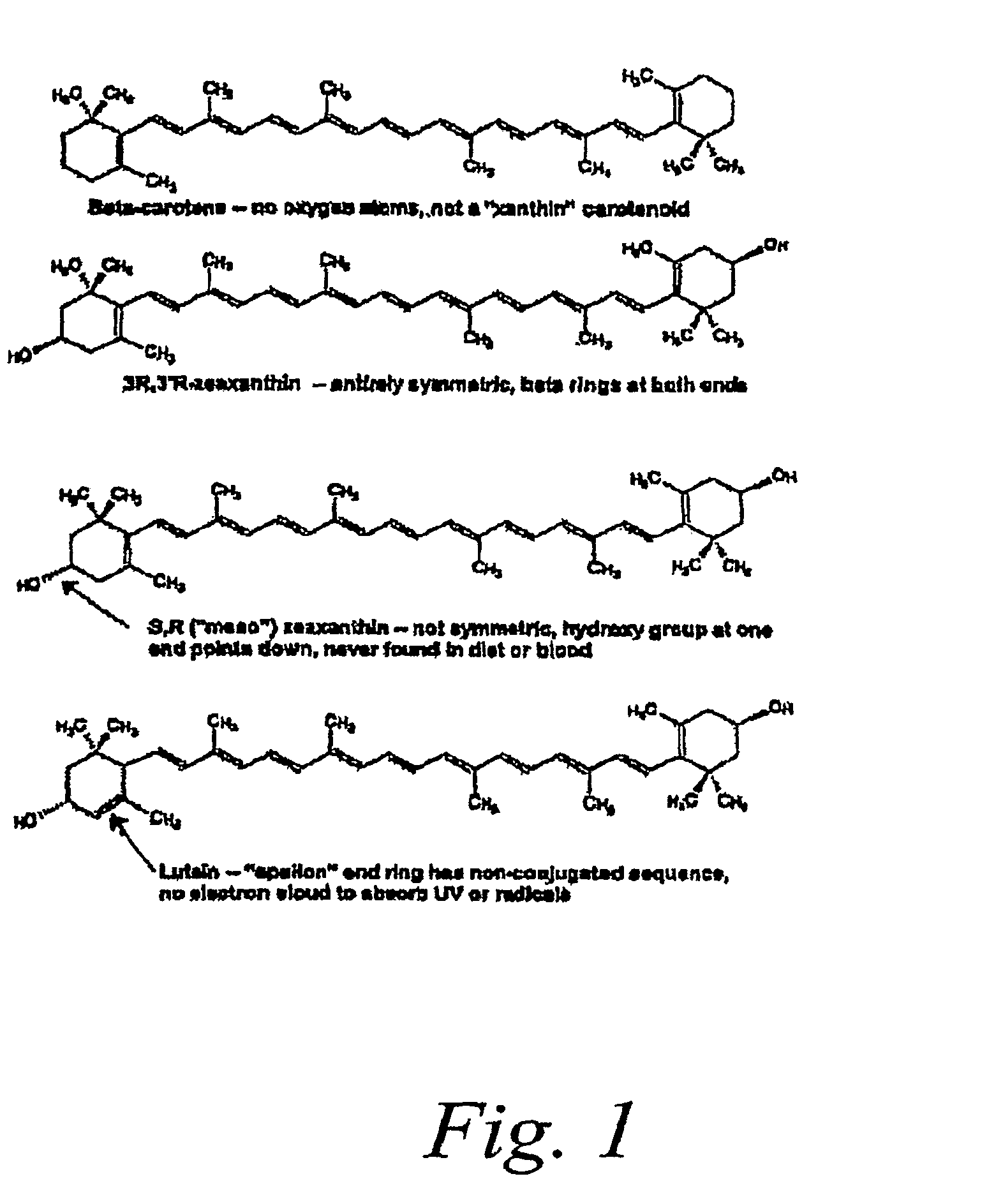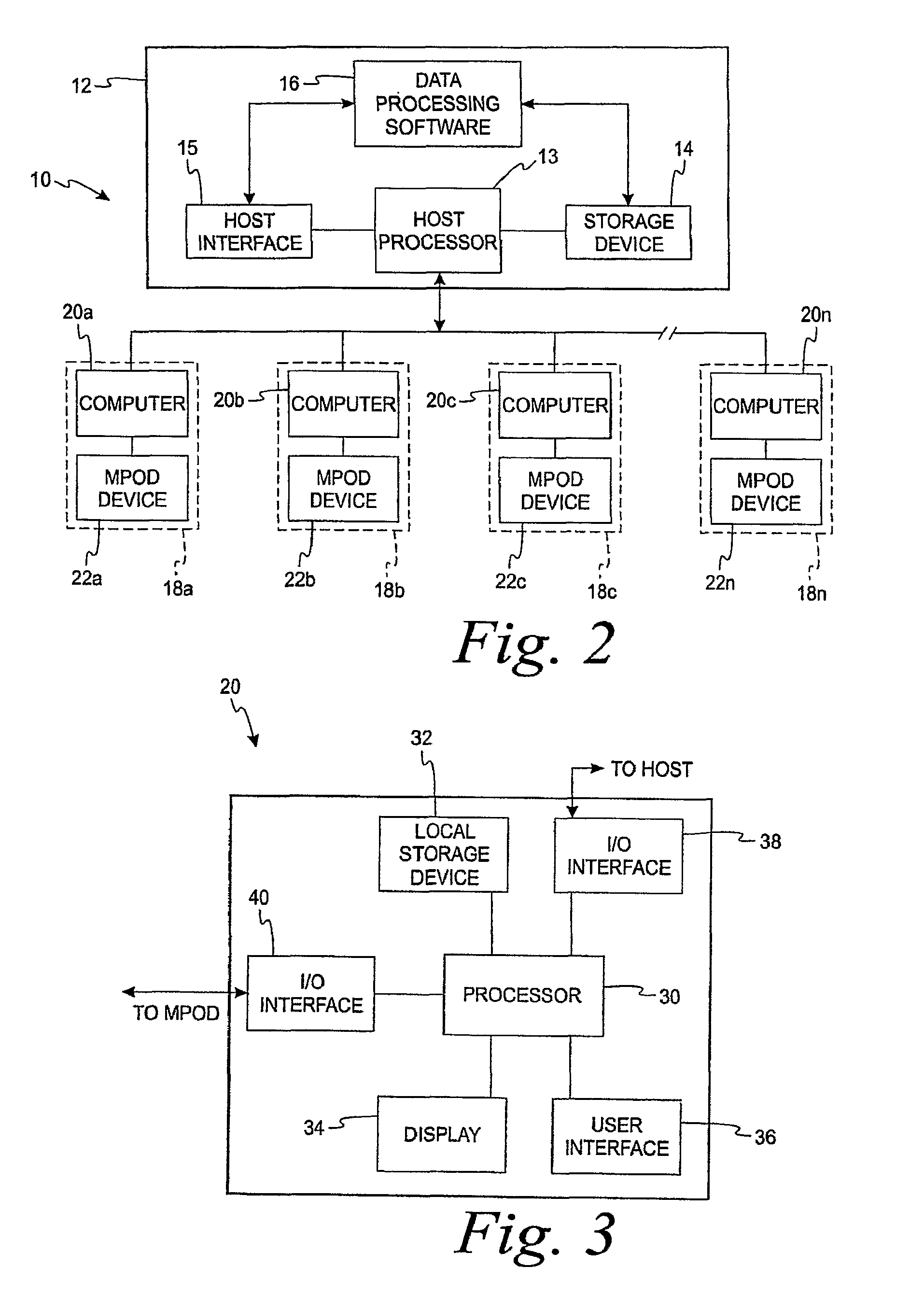Diagnostic, prescriptive, and data-gathering system and method for macular pigment deficits and other eye disorders
a macular pigment deficit and diagnostic system technology, applied in the field of eye care, nutritional supplements, diagnostic methods and systems, can solve the problems of inability to read, recognize faces, drive safely on unfamiliar surfaces, and only provide coarse resolution of surrounding portions of the retina, and the process occurs so quickly
- Summary
- Abstract
- Description
- Claims
- Application Information
AI Technical Summary
Benefits of technology
Problems solved by technology
Method used
Image
Examples
Embodiment Construction
[0077]While this invention is susceptible of embodiment in many different forms, there is shown in the drawings and will herein be described in detail preferred embodiments of the invention with the understanding that the present disclosure is to be considered as an exemplification of the principles of the invention and is not intended to limit the broad aspect of the invention to the embodiments illustrated. As summarized above, this invention discloses and utilizes a distributed computerized system, and a business method that uses and depends upon the computerized system.
[0078]The distributed computerized system comprises hardware and software combinations that eventually will be installed in numerous (perhaps thousands) locations across the nation and around the world. The primary locations for such installations will be the “front line” eye care offices, such as where optometrists work, at other readily accessible locations such as shopping malls, retirement homes, etc., and at ...
PUM
 Login to View More
Login to View More Abstract
Description
Claims
Application Information
 Login to View More
Login to View More - R&D
- Intellectual Property
- Life Sciences
- Materials
- Tech Scout
- Unparalleled Data Quality
- Higher Quality Content
- 60% Fewer Hallucinations
Browse by: Latest US Patents, China's latest patents, Technical Efficacy Thesaurus, Application Domain, Technology Topic, Popular Technical Reports.
© 2025 PatSnap. All rights reserved.Legal|Privacy policy|Modern Slavery Act Transparency Statement|Sitemap|About US| Contact US: help@patsnap.com



